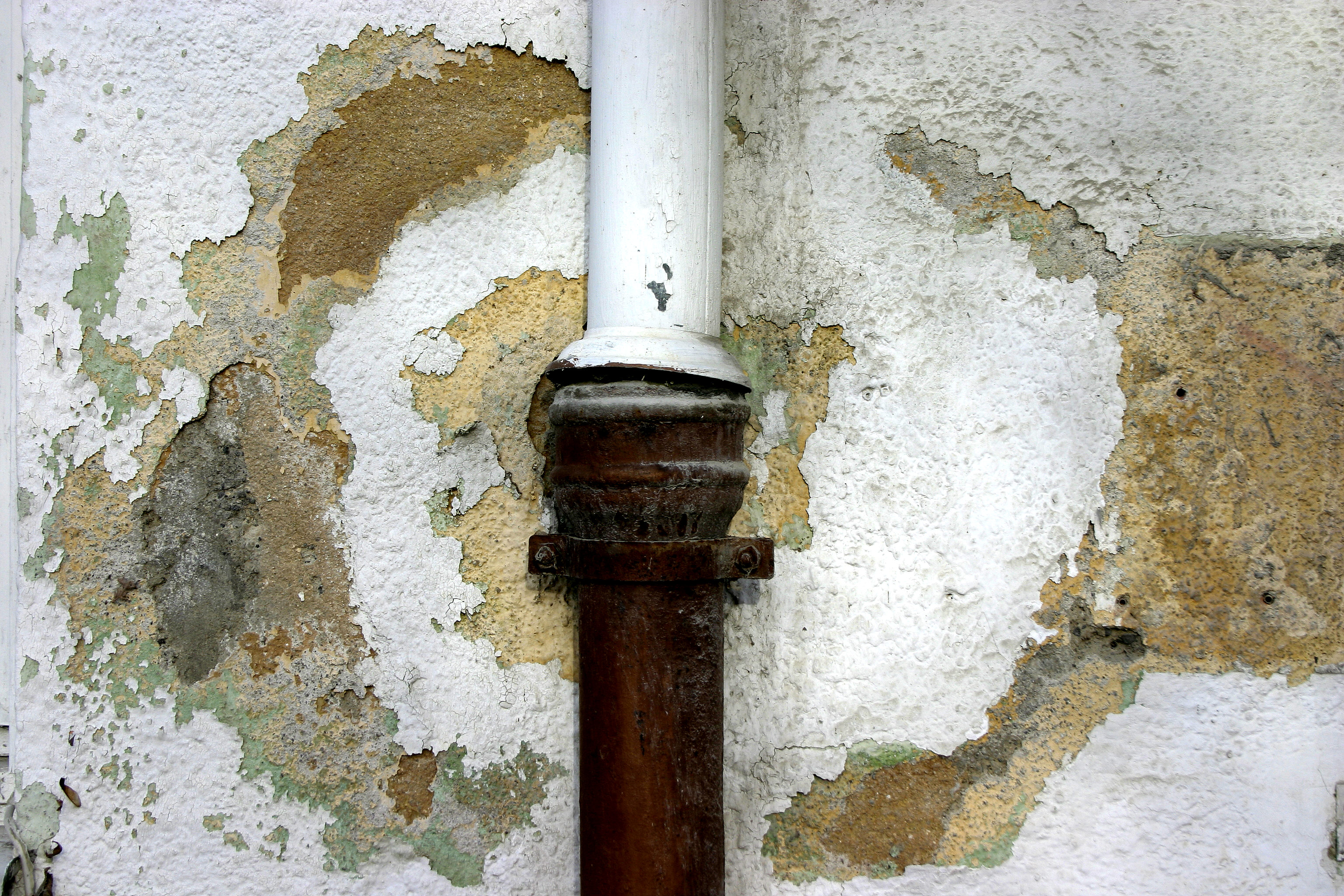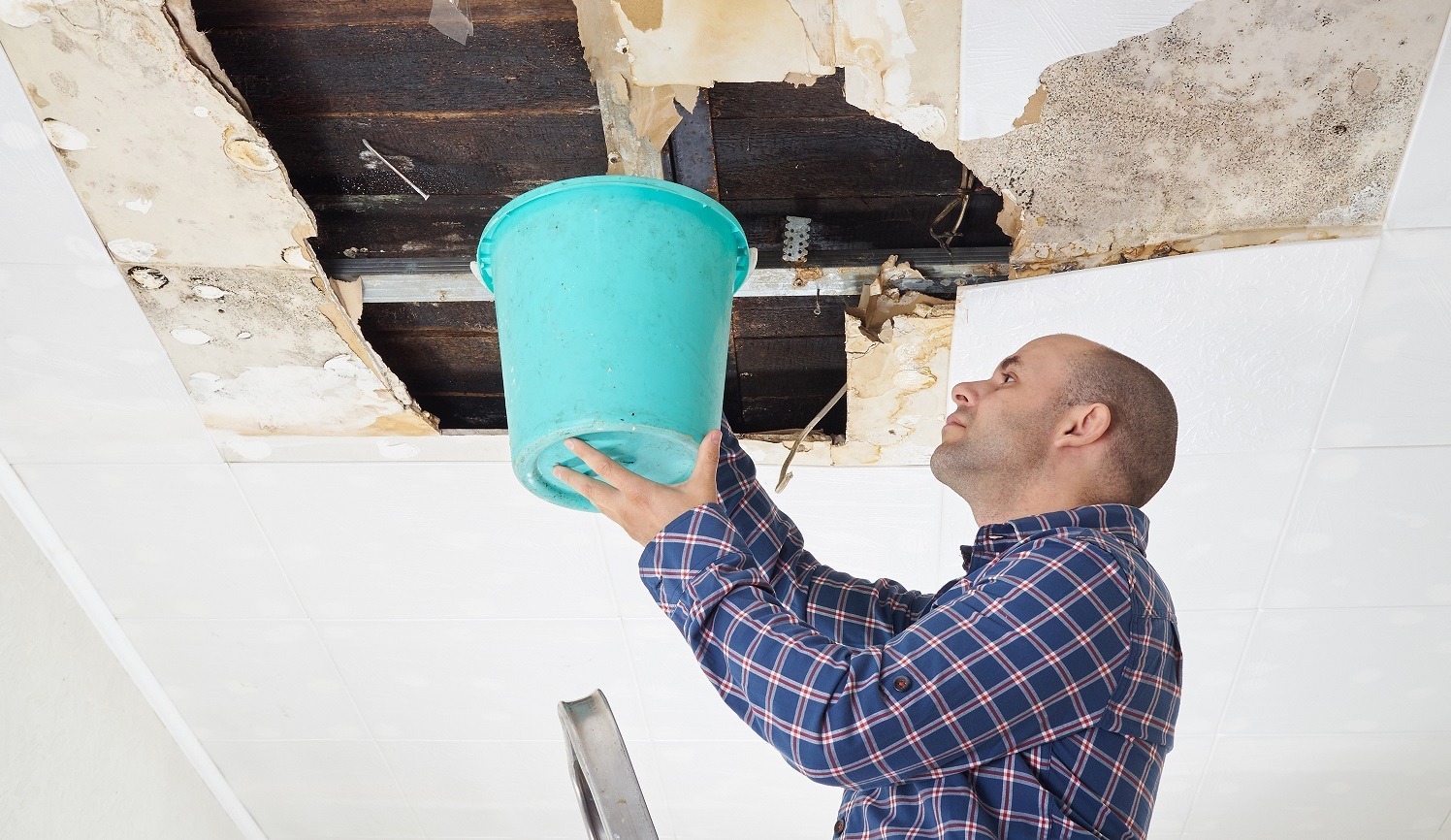6 Water Damage Reconstruction Do's and also Don'ts.
6 Water Damage Reconstruction Do's and also Don'ts.
Blog Article
What're your ideas regarding Fire And Water Damage Prevention?

Though water gives life, water intrusion on components where it's not supposed to be can result in damage. If the water saturates right into your framework, it can peel off away surface areas and also wear down the structure. Mold and mildew also thrive in a wet setting, which can be unsafe for your wellness. Residences with water damages scent old and also mildewy.
Water can originate from lots of sources such as hurricanes, floods, ruptured pipelines, leaks, and also sewage system problems. In case you experience water damage, it would certainly be excellent to understand some safety precautions. Below are a couple of guidelines on just how to take care of water damage.
Do Prioritize Residence Insurance Coverage Protection
Water damage from flooding because of heavy winds is seasonal. Nonetheless, you can likewise experience a sudden flooding when a malfunctioning pipe instantly bursts right into your house. It would be best to have residence insurance that covers both disasters such as natural tragedies, as well as emergencies like damaged plumbing.
Don't Fail To Remember to Turn Off Energies
This cuts off power to your whole home, protecting against electrical shocks when water comes in as it is a conductor. Do not forget to turn off the primary water line shutoff.
Do Keep Proactive and also Heed Weather Notifies
Tornado floodings can be really unpredictable. Remain prepared as well as positive if there is a background of flooding in your area. If you live near a creek, river, or lake, listen to evacuation warnings. Take out valuables from the ground floor and basement, then placed them on the greatest feasible degree. Doing so minimizes possible property damages.
Don't Disregard the Roof
Before the weather turns terrible, ensure you have a roof evaluation. In fact, it would certainly be prudent to get this service annually as it can minimize complicated issues. If there are no openings and leakages in your roofing system, you can stay clear of rain damages. Your roofing professional will additionally deal with faulty seamless gutters or any other indications of weakening. This will certainly stop water from flowing down your wall surfaces and saturating your ceiling.
Do Pay Attention to Tiny Leakages
A burst pipeline doesn't occur over night. Typically, there are warnings that show you have damaged pipes in your home. You may see bubbling paint, peeling wallpaper, water streaks, water discolorations, or trickling sounds behind the walls. At some point, this pipeline will certainly break. Ideally, you ought to not await points to escalate. Have your plumbing repaired before it leads to substantial damage.
Don't Panic in Case of a Burst Pipeline
When it comes to water damages, timing is crucial. Therefore, if a pipe ruptureds in your house, instantly closed off your primary water valve to reduce off the resource. Call a reliable water damages repair specialist for assistance.
Water provides life, water intrusion on components where it's not meant to be can result in damage. Residences with water damage scent old as well as musty.
Water damages from flood charges to heavy winds is seasonal. You might discover gurgling paint, peeling wallpaper, water touches, water stains, or trickling sounds behind the wall surfaces. When it comes to water damage, timing is vital.
Water Damage Do and Don'ts
Water damage at your home or commercial property is a serious problem. You will need assistance from a professional plumber and a water damage restoration agency to get things back in order. While you are waiting for help to arrive, however, there are some things you should do to make the situation better. Likewise, there are things you absolutely shoud not do because they will only make things worse.
DO these things to improve your situation
Get some ventilation going. Open up your doors, your windows, your cabinets – everything. Don’t let anything remain closed. Your aim here is to expose as much surface area to air as possible in order to quicken the drying out process. Use fans if you have them, but only if they’re plugged into a part of the house that’s not currently underwater.
Remove as much standing water as you can. Do this by using mops, sponges and clean white towels. However, it’s important that you don’t push or wipe the water. Simply use blotting motions to soak it up. Wiping or pushing could result in the water getting pushed deeper into your home or carpeting and increasing your problem.
Turn off the power to the soaked areas. You will want to remove the danger of electrocution from the water-logged area to do some cleaning and to help the plumber and the restoration agents do their work.
Move any furniture and belongings from the affected room to a safe and dry area. Taking your possessions to a dry place will make it easier to decide which need restoring and repair. It will also prevent your belongings from being exposed to further moisture.
DON’T do any of these things for any reason
Don’t use your vacuum cleaner to suck up the water. This will not only get you electrocuted, but will also severely damage your vacuum cleaner. Use manual means of water removal, like with mops and pails.
Don’t use newspaper to soak up the water. The ink they use for newsprint runs and transfers very easily, which could then stain carpet and tile with hard-to-remove stains.
Don’t disturb mold. This is especially true if you spot a severe growth. Leave the mold remediation efforts to the professionals. Attempting to clean it yourself could mean exposing yourself to the harmful health effects of mold. Worse, you could inadvertently spread it to other areas of the house.
Don’t turn on your HVAC system until given approval from the restoration agency. Turning your HVAC system on before everything has been cleaned could spread moisture and mold all over the house.
https://www.dreyersdki.com/about-us/blog/water-damage-do-and-donts

We hope you enjoyed reading our article on Ways to Reduce The Risk Of Fire And Water Damage. Many thanks for taking the time to browse our blog. So long as you enjoyed reading our article if you please be sure to share it. We value reading our article about Ways to Reduce The Risk Of Fire And Water Damage.
Report this page